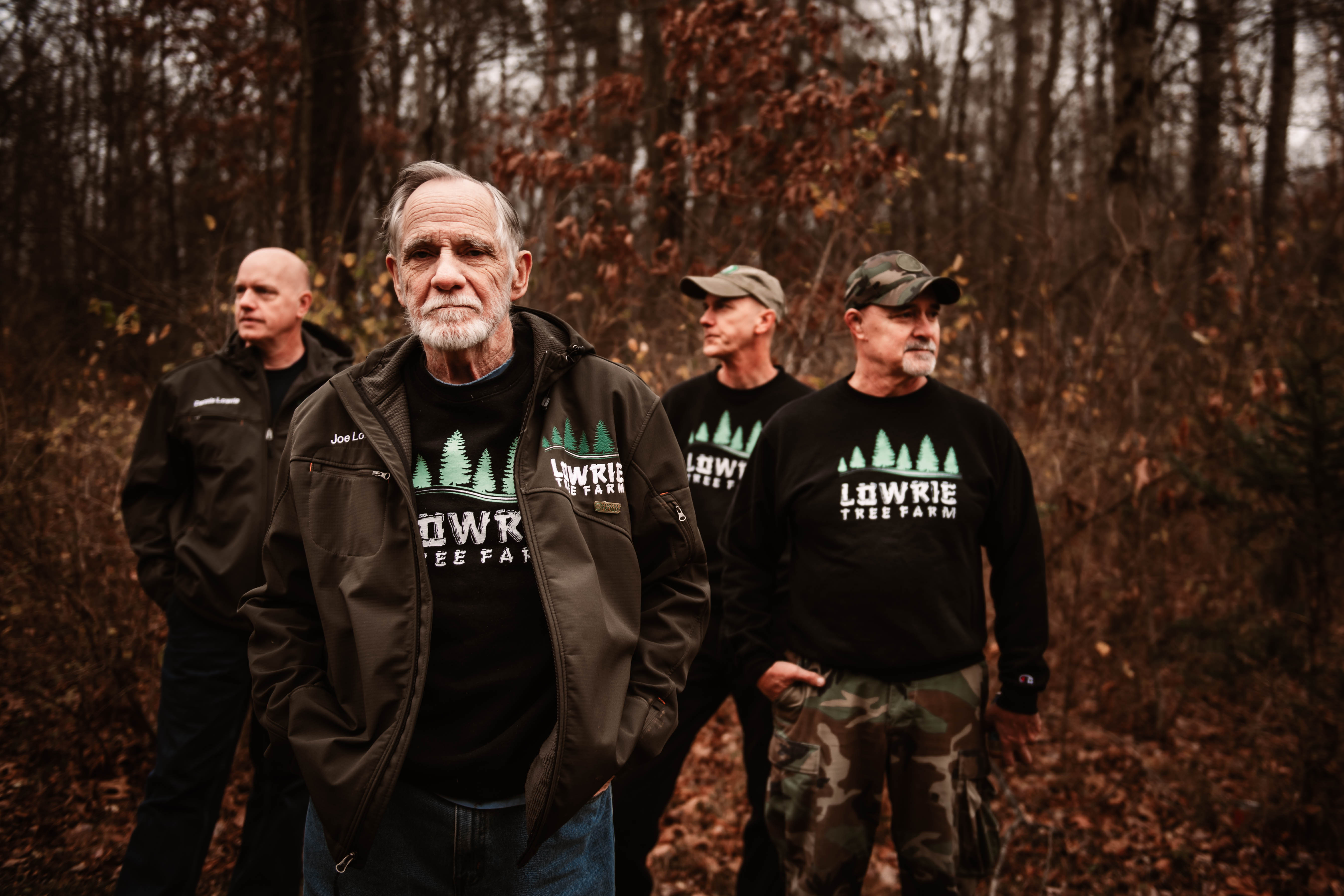Jumbotail, an online wholesale marketplace for grocery and food items, said on Friday it has raised an additional $14.2 million as the Bangalore-based startup chases the opportunity to digitize neighborhood stores in the world’s second largest internet market.
The five-year-old startup said the new tranche of its Series B financing round was led by VII Ventures, with participation from Nutresa, Veronorte, Jumbofund, Klinkert Investment Trust, Peter Crosby Trust, Nexus Venture Partners, and Discovery Ventures.
The startup told TechCrunch that the new tranche concludes its Series B round, which it kickstarted in 2019 with $12.7 million in funding. It ended up raising about $44 million in the Series B round (including Friday’s tranche), and to date has amassed about $54 million in equity investment, the startup told the publication.
Jumbotail said it serves over 30,000 neighborhood stores (popularly known in India as kiranas) in the country. In addition to its business-to-business marketplace, the startup also provides working capital to neighborhood stores through partnerships with financial institutions.
The startup, which has built its own supply chain network to enable last-mile delivery, also supplies these stores with point-of-sale devices so that they can easily get access to a much wider selection of catalog and have the new inventory shipped to them within two days. It also integrates these stores with hyperlocal delivery startups such as Dunzo and Swiggy to help mom and pop shops further expand their customer base.
Ashish Jhina, co-founder of Jumbotail, said he believes the startup has reached an inflection point in its growth and is now ready for its next chapter, which includes hiring top talent and expanding to more regions in the country, especially in several cities in South India.
“We are seeing tremendous interest from investors across the globe who are drawn to our highly scalable and operationally profitable business model, built on the industry’s best technology and customer NPS,” said Jhina, who previously served in Indian army and then worked at e-commerce firms eBay and Flipkart.
At a recent virtual conference, Jhina said that the coronavirus pandemic, which prompted New Delhi to order a nationwide lockdown and put restrictions on e-commerce firms, has illustrated just how crucial neighborhood stores are in people’s lives. And for all the ills that the virus has wrought to the world, it did help accelerate the adoption of technology among these stores.
A number of food brands whose products neighborhood stores sell today are not standardized, which poses a question about their quality. To fill this gap, Jumbotail runs its own private label portfolio and Jhina said the startup will deploy part of the fresh fund to broaden this catalog. Having private label also allows Jumbotail to ensure that its retail partners can get the supply of items throughout the year — and of course, it also helps the startup, which has been operationally profitable for nearly three quarters, improve its margin.
There are more than 30 million neighborhood stores in India that dot across the thousands of cities and towns in the country. These small businesses have been around for decades and survived — and even thrived — despite e-commerce giants pouring billions of dollars in India to change how people shop. In recent years, scores of startups — and giants — in India have begun to explore ways to work with these neighborhood stores.
One of them is India’s largest retail chain Reliance Retail, which serves more than 3.5 million customers each week through its nearly 10,000 physical stores in more than 6,500 cities and towns in the country. In late 2019, it entered the e-commerce space with JioMart through a joint venture with sister subsidiary telecom giant Jio Platforms. By mid last year, JioMart had expanded to over 200 Indian cities and towns — though currently its reach within those cities and customer service leave a lot to be desired.
Reliance Retail also maintains a partnership with Facebook for WhatsApp integration. Facebook, which invested $5.7 billion in Jio Platforms last year, has said that it will explore various ways to work with Reliance to digitize the nation’s mom and pop stores, as well as other small- and medium-sized businesses.
For JioMart, Reliance Retail is working with neighborhood shops, giving them a digital point-of-sale machine to make it easier for them to accept money electronically. It is also allowing these shops to buy their inventory from Reliance Retail, and then use their physical presence as delivery points. At present, the platform is largely focused on grocery delivery. In a recent report to clients, Goldman Sachs analysts estimated that Reliance could become the largest player in online grocery within three years.











